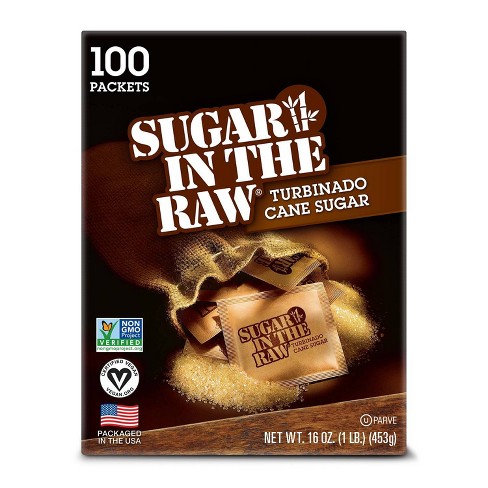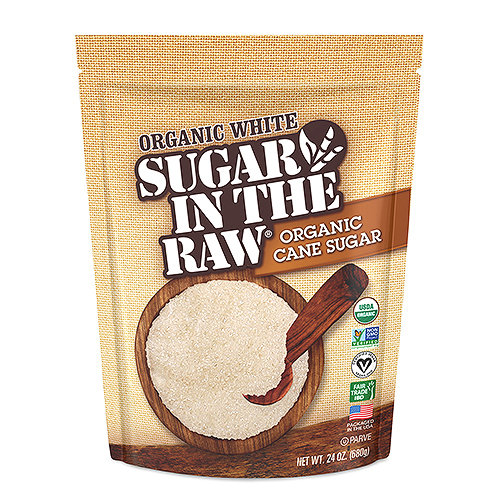Cane Sugar Processing Explained: What Happens Inside a Sugar Mill
Cane Sugar Processing Explained: What Happens Inside a Sugar Mill
Blog Article
Exploring the Comprehensive Steps Associated With Walking Stick Sugar Handling From Gathering to Refinement
The process of cane sugar production includes a series of complex steps, beginning with the cautious harvesting of sugarcane and finishing in the refinement stages that make certain the final item satisfies market standards. Each stage, from the extraction of juice to the filtration and crystallization processes, plays an essential function in identifying the high quality and character of the sugar.
Gathering Sugarcane
Collecting sugarcane is a vital action in the walking stick sugar processing chain, as it directly influences the high quality and yield of the final product. Correct timing and strategies are vital throughout this phase to make certain optimum sugar web content and decrease losses. Normally, sugarcane is collected when it gets to maturity, typically 12 to 18 months after growing, identified by a high sucrose focus.

Post-harvest, the sugarcane has to be processed swiftly to avoid sucrose degradation. Ideally, gathered walking stick needs to be carried to refining facilities within 24-hour to preserve sugar quality. As a result, reliable logistical planning is crucial to keep the honesty of the harvested crop throughout the supply chain.
Extraction Refine

The crushed cane goes through a series of pressing operations to make best use of juice recuperation. Usually, warm water is sprayed onto the crushed cane, producing a countercurrent flow that aids liquify the sugar while likewise aiding in the extraction process. The juice accumulated from this procedure has not just sugar however likewise different natural compounds and pollutants.

To boost extraction performance, some facilities may use diffusion methods, where the sugarcane is saturated in warm water, enabling the soluble sugars to diffuse right into the liquid. The resulting juice, rich in sucrose, is then directed to succeeding handling phases, laying the foundation for filtration and improvement. The extraction process is therefore pivotal in determining the high quality and yield of the last sugar item.
Purification Methods
The filtration strategies employed in walking stick sugar handling are necessary for transforming the raw juice right into a top quality sugar item. These approaches largely aim to remove pollutants, such as dirt, plant products, and inorganic materials, which can detrimentally affect the end product's taste and color.
Among one of the most common filtration methods is clarification. This process entails including lime and heat to the raw juice, which helps with the coagulation of contaminations. The resulting precipitate is after that eliminated through sedimentation or filtration, yielding a more clear juice. Additionally, making use of phosphoric acid can boost the explanation procedure by additional binding impurities.
Another significant technique is carbonatation, where co2 is presented to the cleared up juice. This reaction generates calcium carbonate, which records staying contaminations and promotes their removal.
Additionally, triggered carbon treatment might be applied to adsorb any type of remaining colorants and organic pollutants, browse around this site making certain a more refined item. The mix of these approaches successfully prepares the sugar juice for subsequent action in the refining process, setting the phase for the manufacturing of top notch walking cane sugar.
Formation Techniques
After the filtration stage, the next critical action in walking cane sugar processing includes formation techniques, which play a crucial duty in transforming the made clear juice right into strong sugar. This procedure normally employs two main approaches: spontaneous condensation and regulated crystallization.
In spontaneous formation, supersaturated sugar solutions are enabled to cool naturally, causing the formation of sugar crystals with time. This technique is easier yet may result in unequal crystal dimensions and reduced pureness degrees. On the various other hand, regulated formation is a much more exact strategy where seeding, focus, and temperature level representatives are meticulously taken care of. This technique allows find more info for the uniform growth of sugar crystals and greater purity.
Throughout crystallization, the clarified juice is concentrated via evaporation, increasing its sugar material until it reaches supersaturation. As soon as this factor is attained, either method can facilitate the formation process. Cane Sugar Processing. The resultant sugar crystals are then divided from the remaining syrup with centrifugation
Inevitably, the option of formation method influences the quality, dimension, and pureness of the final sugar product, making this action vital in the overall walking cane sugar handling procedure.
Improvement and Product Packaging
Exactly how can the pureness and top quality of cane sugar be even more boosted after condensation? The refinement process plays an essential function in attaining top quality walking stick sugar.
Following, the sugar is subjected to a procedure called centrifugation, where it is spun at high speeds to divide the detoxified sugar crystals from the remaining fluid. After centrifugation, the sugar is commonly further fine-tuned with a method called carbonization or phosphatation, which utilizes triggered carbon or phosphoric acid to eliminate color and off-flavors.
When improved, the sugar is dried out to achieve the desired dampness material, making sure that it remains steady during storage and transportation. The last step includes packaging the polished sugar in moisture-proof and impermeable containers to keep its quality and prevent contamination. Cane Sugar Processing. Appropriate product packaging not just prolongs service life yet also facilitates easy handling and circulation, guaranteeing that customers get sugar that fulfills the highest possible requirements of purity and high quality
Conclusion
The detailed steps associated with walking cane sugar handling, from the precise harvesting of sugarcane to the intricate improvement and packaging phases, emphasize the importance of each phase in making sure premium sugar production. Optimal harvesting methods, reliable extraction techniques, and extensive filtration procedures collectively add to the last product's purity and security. The condensation and subsequent product packaging techniques even more boost the honesty and rack life of the sugar, highlighting the intricacy and precision integral in this important agricultural industry.
The process of cane sugar production encompasses a collection of complex actions, beginning with the careful harvesting of sugarcane and culminating in the refinement phases that guarantee the last item meets market requirements. Preferably, gathered walking stick ought to be carried to refining centers within 24 hours to protect sugar top quality.In spontaneous condensation, supersaturated sugar solutions are enabled to cool naturally, leading to the development of sugar crystals over time - Cane Sugar Processing. The refinement procedure plays an important duty in attaining high-grade walking cane sugar.The comprehensive actions involved in walking cane sugar handling, from the meticulous harvesting of sugarcane check my blog to the intricate refinement and packaging phases, highlight the relevance of each phase in guaranteeing top notch sugar production
Report this page